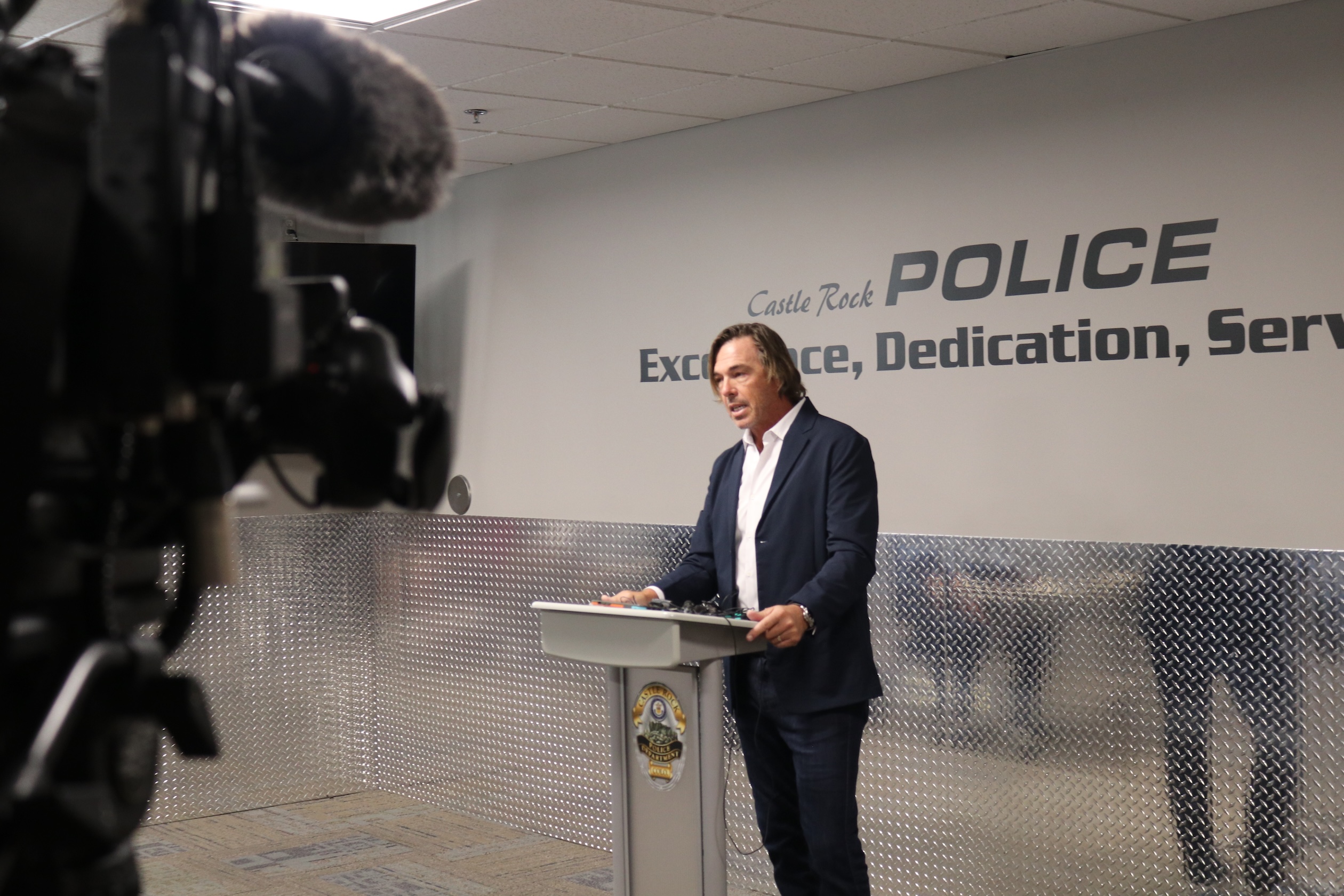


Keys to Leverage Your Community to Solve Crime
Learn how building trust, improving communication, and sharing successes can help law enforcement strengthen community partnerships and solve more crimes.
Community and building relationships are critical when it comes to an effort to stop and solve crime. Law enforcement professionals that enjoy these positive relationships with their citizens fare much better when it comes to fighting crime.
How much does your agency prioritize positive relationships with citizens? As professional law enforcement entities, when we invest in these partnerships, it can help when crime strikes.
Citizens and law enforcement personnel share a common goal when it comes to the push to solve crime: reduce/eliminate victimization and get rid of “bad guys” in their jurisdiction. Let’s explore how creating a roadmap to navigate potential roadblocks for community cooperation and relationships can help solve crime, so we overcome potential negative perceptions from our communities that law enforcement is secretive, unfair, or biased.
Trust
The community at large must believe in what the Department stands for and have faith in the Department’s message. Trust must be earned, not given. Certainly we understand that convincing everyone of everything is a tall task and maybe even unattainable. However, transparency and fairness are tools that should always be used to help earn trust.
- Give acknowledgement to citizens that take positive steps for protection (ex. – neighborhood safety award).
- Share how technology is used and the strict governing policies in place to protect privacy (ex. – SMILE).
- Educate citizens on “Dos and Don’ts” when it comes to sharing data with law enforcement.
- Explain better what to expect when an investigation is in-process.
Communication
Communication is a two-way street. Police must communicate openly when they can, and they must be open to receiving feedback from their community. Citizens need to know their voice is heard. Tell your success stories before someone else does – leverage local media outlets, social media, and community events. When you communicate, you can:
- Highlight the great work your department is doing within the community.
- Share tips on crime prevention and how to handle crime when it occurs.
- Educate the public on tools and technologies like LPR.
- Prepare for the naysayers and meet concerns head on.





Contact us
Discover how communities across the country are using Flock to reduce crime and build safer neighborhoods.

.webp)










